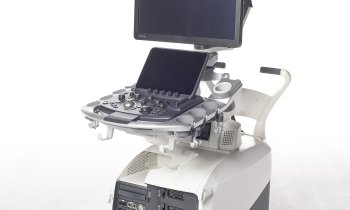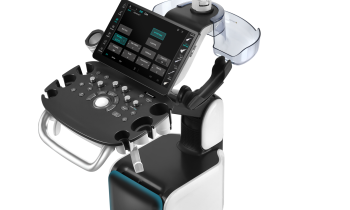Prostate Cancer Screening
After lung cancer, the biggest killer among men is prostate cancer. To date, there is insufficient knowledge as to the cause of this disease, or how to prevent it.
We asked some of our EH correspondents to report on measures taken in their countries to ensure that men are made more aware of this disease and whether screening services are provided for early prostate cancer detection.

AUSTRIA
Christian Pruzsinsky reports:
Despite the fact that, each year, the number of men dying from prostate cancer exceeds the number of men dying from road traffic accidents there is no obligatory, comprehensive screening programme for prostate cancer in Austria. Since 1990, however, PSA screening has been available in the course of recommended, but not obligatory, preventive examinations for men aged 45-75 years. Although results have already been rather impressive for the early detection of prostate cancer and the resulting decrease in the mortality rate, the acceptance of PSA screening still varies quite considerably from region to region.
Across Austria, less than 15% of all men in the age group are covered, whereas this percentage increases to more than 25% in Upper Austria and even 75% in Tyrol. Free PSA tests have been offered in Tyrol since 1988, thanks to a perfect cooperation between general practitioners, urologists, the Tyrol Blood Bank service and the Red Cross. Professor G Bartsch’s idea of offering blood donors a free PSA test led to a success that has been acknowledged across Europe: Nowadays around 85% of prostate cancers are detected at a stage where they can be cured through surgery. By comparison, 15 years ago this rate was only 25%. Moreover, Tyrol is the only region in Europe where the mortality rate from prostate cancer has decreased by 40%.
The most extensive experience with PSA screening in Europe has now been gathered in Innsbruck. When increased PSA levels have been measured, it only means that the person is actually suffering from prostate cancer in 30-40% of cases. Over the last ten years, PSA screening procedures have been improved and made more precise by urologists. Next to free PSA, complex PSA and pro-PSA are now also measured. This results in more certainty in the diagnosis for patients, so the second part of the diagnostic process, a biopsy, does not have to be carried out quite so frequently.
Making prostate cancer visible
Since 2000, the Radiology II Department at the University Hospital Innsbruck has carried out targeted biopsies using molecular imaging, which particularly focuses on the blood vessels. ‘We utilise the fact that carcinomas have blood flow patterns different from what’s normal, often benignly enlarged prostates for the biopsies of these areas with increased blood in the prostate,’ explained Professor Ferdinand Frauscher (above) of the Radiology Department at University Hospital Innsbruck. ‘This means that, these days, we actually diagnose prostate cancer in 40 in 100 men who undergo a biopsy.’
01.03.2009











